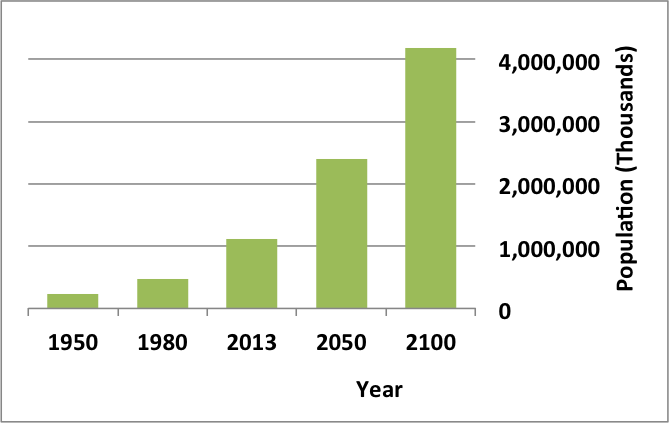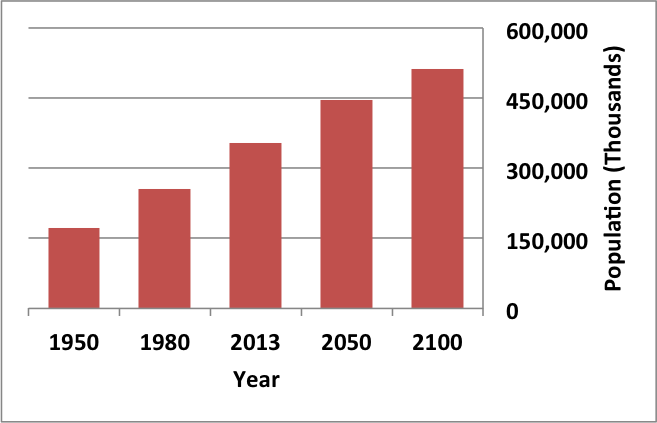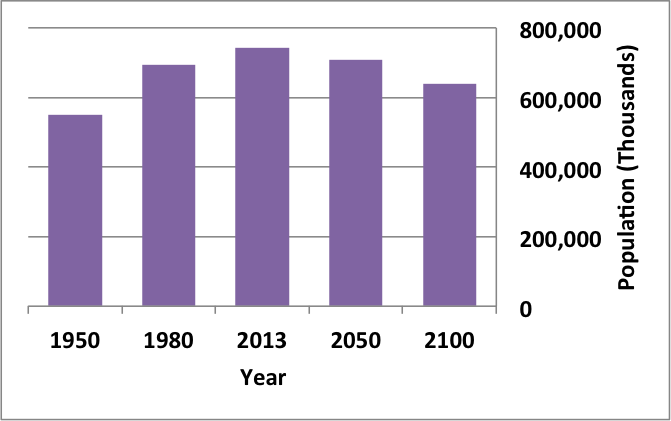| << Chapter < Page | Chapter >> Page > |



Worldwide patterns of migration have changed, though the United States remains the most popular destination. From 1990 to 2013, the number of migrants living in the United States increased from one in six to one in five (The Pew Research Center 2013). Overall, in 2013 the United States was home to about 46 million foreign-born people, while only about 3 million U.S. citizens lived abroad. Of foreign-born citizens emigrating to the United States, 55 percent originated in Latin America and the Caribbean (Connor, Cohn, and Gonzalez-Barrera 2013).
While there are more foreign-born people residing in the United States legally, as of 2012 about 11.7 million resided here without legal status (Passel, Cohn, and Gonzalez-Barrera 2013). Most citizens agree that our national immigration policies are in need major adjustment. Almost three-quarters of those in a recent national survey believed illegal immigrants should have a path to citizenship provided they meet other requirements, such as speaking English or paying restitution for the time they spent in the country illegally. Interestingly, 55 percent of those surveyed who identified as Hispanic think a pathway to citizenship is of secondary importance to provisions for living legally in the United States without the threat of deportation (The Pew Research Center 2013).
Scholars understand demography through various analyses. Malthusian, zero population growth, cornucopian theory, and demographic transition theories all help sociologists study demography. The earth’s human population is growing quickly, especially in peripheral countries. Factors that impact population include birthrates, mortality rates, and migration, including immigration and emigration. There are numerous potential outcomes of the growing population, and sociological perspectives vary on the potential effect of these increased numbers. The growth will pressure the already taxed planet and its natural resources.
Given what we know about population growth, what do you think of China’s policy that limits the number of children a family can have? Do you agree with it? Why, or why not? What other ways might a country of over 1.3 billion people manage its population?
Describe the effect of immigration or emigration on your life or in a community you have seen. What are the positive effects? What are the negative effects?
What responsibility does the United States have toward underage asylum-seekers?

Notification Switch
Would you like to follow the 'Introduction to sociology 2e' conversation and receive update notifications?